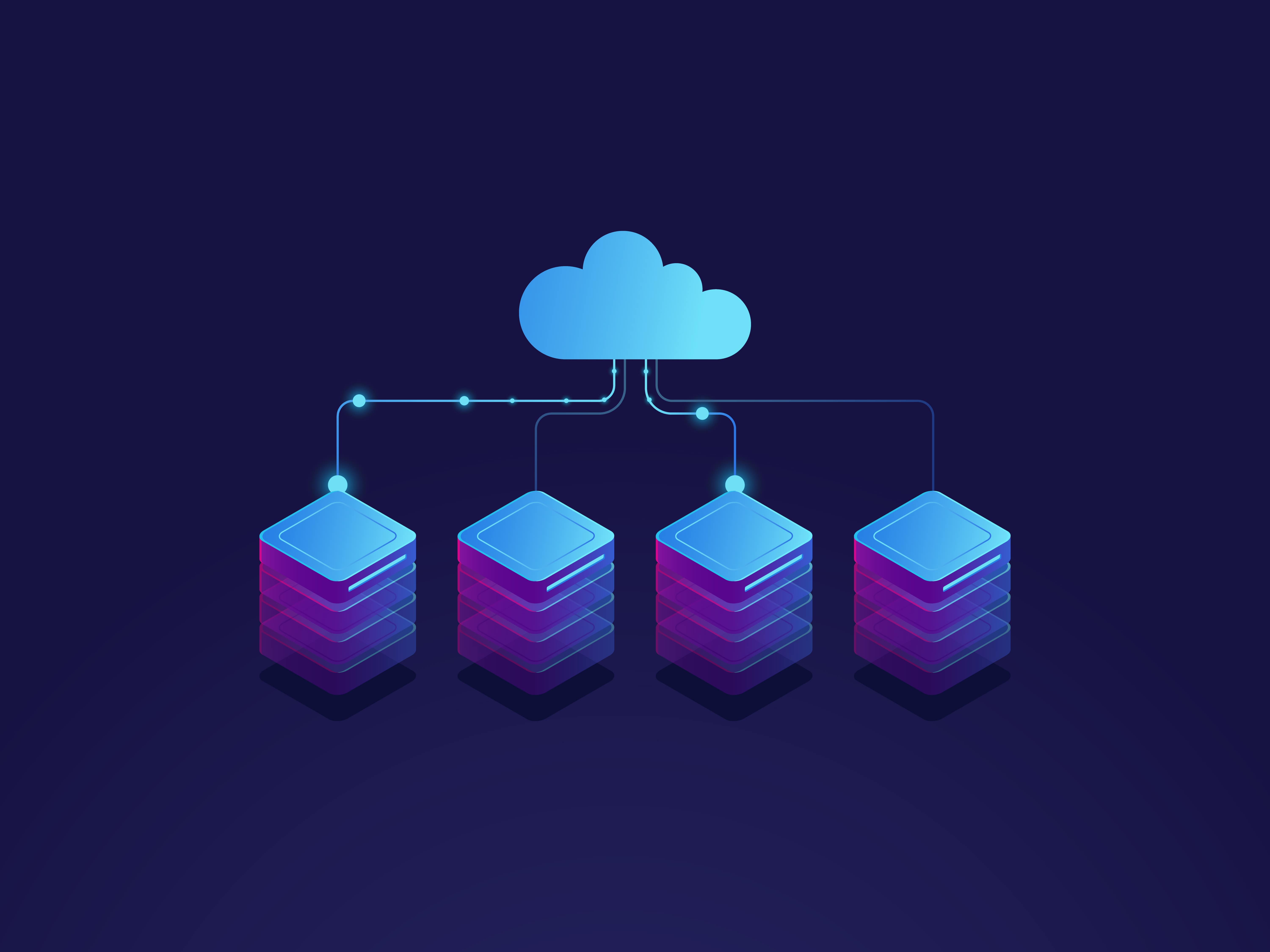Transforming Lab Efficiency: Why it's Time to Ditch Paper and Excel
Ditch the Paper: When Labs Should Switch to LIMS
In many laboratories, paper and Excel remain the primary tools for data management. While these traditional methods might seem sufficient, they often lead to inefficiencies, security risks, and increased stress for lab technicians and analysts. This article explores the limitations of paper-based and Excel-based systems and highlights the benefits of switching to a Laboratory Information Management System (LIMS). By centralizing data and streamlining lab operations, a LIMS can significantly improve efficiency, enhance data security, and reduce stress in the lab.
The Limitations of Paper and Excel in Labs
Inefficiencies in Data Management
Managing data manually with paper and Excel is a time-consuming process prone to errors and inconsistencies. Manual data entry, data retrieval, and the physical handling of documents can slow down lab operations and lead to mistakes that compromise the integrity of the data. Additionally, these traditional methods make it difficult to track changes and maintain a clear audit trail.
Security Risks
Paper records and Excel files are vulnerable to security breaches, data loss, and unauthorized access. Physical documents can be misplaced or damaged, while electronic files stored on local computers or unsecured networks are susceptible to cyber threats. Protecting data is crucial for compliance in regulated industries like pharmaceuticals, as well as for maintaining competitive advantage in non-regulated sectors. Business owners of labs, including smaller labs and startups, need robust data security to protect proprietary information and mitigate risk for future investors. LabHQ offers solutions tailored to these needs, enhancing efficiency and compliance across various applications.
Operational Challenge
Relying on paper and Excel can create significant operational challenges. These methods often lack integration with other lab systems and instruments, making it difficult to track and manage samples effectively. Coordinating data across different platforms can be cumbersome and error-prone, leading to delays and inefficiencies in lab workflows. Relying on paper and Excel can create significant operational challenges. These methods often lack integration with other lab systems and instruments, making it difficult to track and manage samples effectively. Coordinating data across different platforms can be cumbersome and error-prone, leading to delays and inefficiencies in lab workflows. A LIMS can simplify things by streamlining processes and improving productivity through automated sample management, trending, and making informed decisions based on lab performance metrics. These benefits allow labs to focus more on what's important with streamlined, user-friendly solutions.
The Benefits of Centralising Data with LIMS
Improved Efficiency
Switching to a LIMS can streamline data entry and retrieval processes, reducing the time spent on manual tasks. Automation of routine tasks minimizes the risk of errors and inconsistencies, allowing lab technicians to focus on more critical activities.
Improved Data Security
A LIMS offers robust data security features, including secure storage, access controls, and encryption. These systems ensure that sensitive data is protected from unauthorized access and breaches. With frequent lab staff turnover, internal breaches can also pose significant risks. Comprehensive audit trails and data integrity checks further enhance security, helping labs maintain compliance with regulatory standards. Given the increasing threat of cyber attacks, maintaining a secure and compliant data management system is essential for safeguarding a lab's reputation and operations. A secure LIMS not only protects against external threats but also mitigates risks associated with internal vulnerabilities.
Better Lab Operations
LIMS integrates smoothly with other lab systems and instruments, providing a central hub for managing lab activities. The API allows seamless data sharing between different software, simplifying sample tracking, reducing errors, and improving efficiency. With and API, you can easily query and analyze LIMS data, and extract it for advanced reports. This setup enhances collaboration among lab staff, leading to more effective operations. LIMS also offers automated sample management, comprehensive audit trails, robust data security, and proactive trend identification to optimize processes and maintain regulatory compliance.
Reducing Stress for Lab Technicians and Analysts
Simplified Workflows
By reducing the reliance on manual data handling and paperwork, a LIMS simplifies lab workflows. Technicians can access data quickly and efficiently, minimizing the time spent searching for records or verifying information. This simplification reduces the stress associated with managing large volumes of data and ensures that lab personnel can work more effectively.
Enhanced Collaboration
A LIMS centralizes data, making it easily accessible to all authorized personnel. This centralization facilitates better collaboration and communication among lab staff, improving coordination and teamwork. Technicians can share data and results seamlessly, leading to more efficient problem-solving and decision-making processes. LabHQ also offers workload and workflow management features, which further enhance lab operations by ensuring that tasks are distributed effectively and processes run smoothly.
Time for Change: Why LIMS is the Smart Choice for Modern Labs
The limitations of paper and Excel in managing lab data are becoming increasingly apparent as the demands on laboratories grow. Switching to a LIMS offers numerous benefits, including enhanced efficiency, improved data security, and better overall lab operations. By centralizing data and streamlining workflows, a LIMS can significantly reduce stress for lab personnel, allowing them to focus on their core tasks.
Benefits for different lab personnel:
Lab Technicians:
- Automated sample management: Reduces manual work and errors
- Streamlined data entry: Saves time and improves accuracy
Lab Managers:
- Comprehensive reporting: Facilitates better decision-making
- Audit trails: Ensures accountability and compliance
- Resource management: Optimizes lab operations
Compliance Officers:
- Robust audit trails: Maintains regulatory compliance
- Version control: Tracks changes and maintains data integrity
- Secure data storage: Protects sensitive information
IT Managers:
- API for integration with other systems: Enhances interoperability
- Secure access controls: Prevents unauthorized access
- Reliable system performance: Ensures smooth operations
Business Owners:
- Insights into operational efficiencies: Improves strategic planning
- Cost management: Reduces operational costs
- Ensuring regulatory compliance: Mitigates risks
It's critical to understand your lab’s requirements to avoid being overwhelmed by the many features and complexity of a new LIMS. LabHQ provides streamlined and user-friendly solutions that cater to the needs of modern labs, enhancing productivity and ensuring compliance with regulatory standards. Getting started with a LIMS like LabHQ can benefit your lab operations.
Top Features of LabHQ:
- Automated data entry and management
- Secure data storage with access controls and encryption
- Comprehensive audit trails
- Workload and workflow management
For a comprehensive list, refer to our overview here.
Ready to move beyond paper and Excel? Try our requirements mapper to start building your requirements and kick start your transition to a LIMS that levels up your lab.




